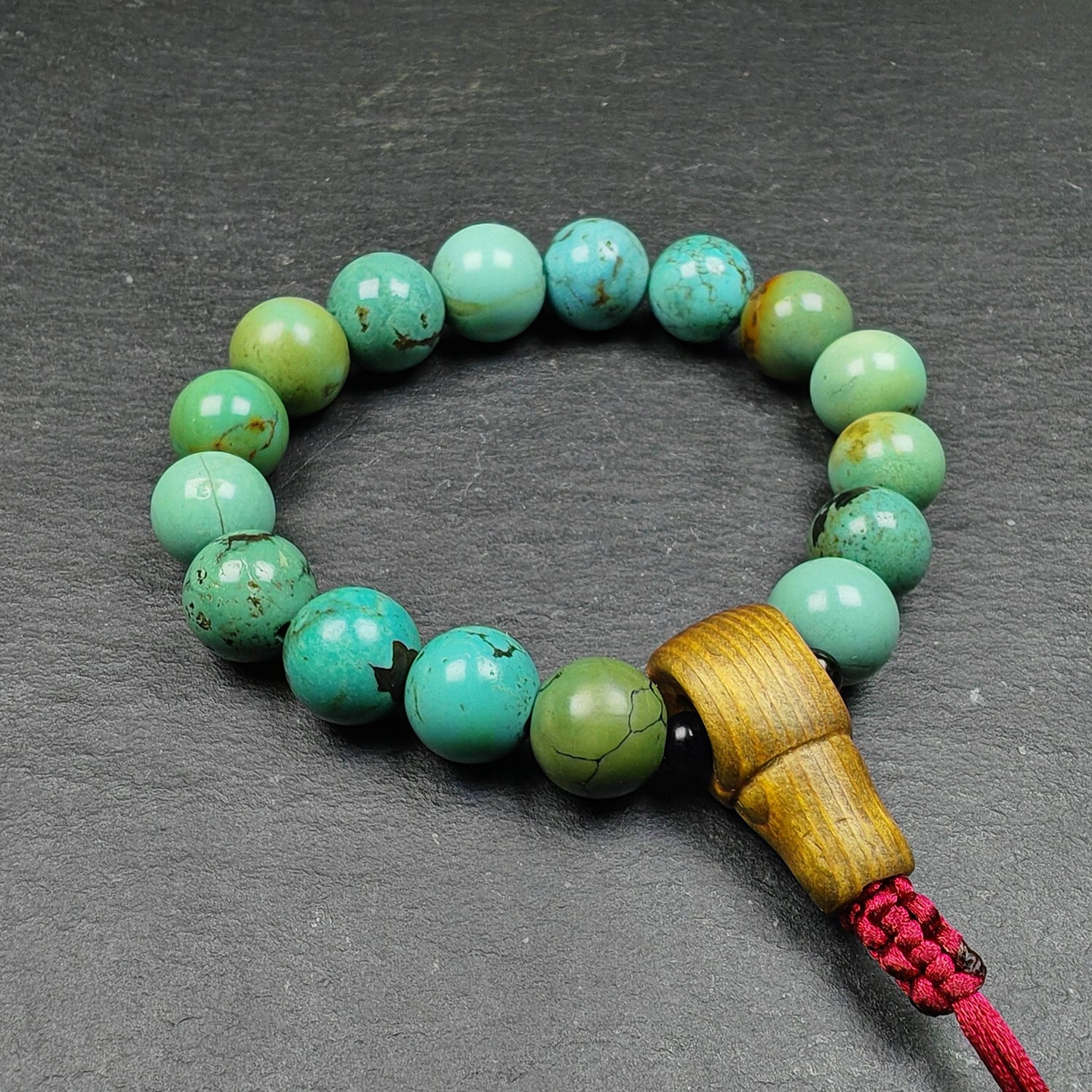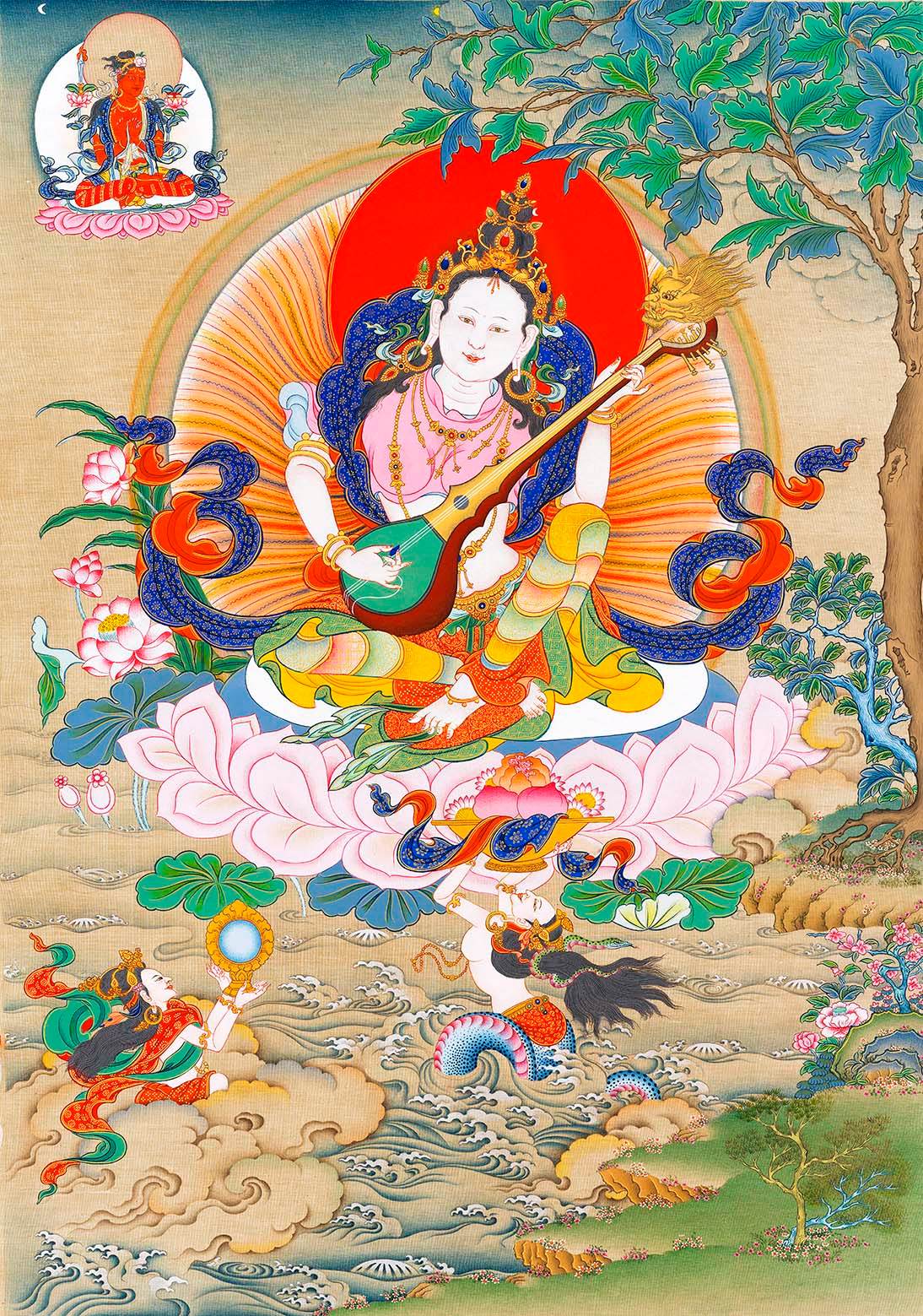
The Heartbeat of Snowy Peaks Through the Lens of the World Mobile Photography Award Champion

Interviewee: Seashell
Photography: Seashell
Interviewer: Dalu

The photography of Seashell stands out from the clichéd and mediocre visuals flooding the internet with its strong distinctiveness, profound humanistic care, and highly stylistic expression. His visual language is entirely unique, offering a glimpse into the abundance and beauty of ordinary life on the plateau—a rhythm and cadence intrinsic to life itself. Without any superfluous embellishment, only sincerity, kindness, and the natural presentation of beauty remain, endowing these images with a divine quality.

On May 22nd this year, Seashell's photography exhibition *"Between the Finest Details, the Unseen—Heartbeat of the Snowland"* grandly opened at the Tianfu Image Art Center in Chengdu. Seizing this opportunity, we invited the photographer to share with us the stories behind this exhibition and his new creations over the past year.

When discussing this exhibition, Seashell said, "This exhibition is just a small milestone in my long-term photography project. While I'm quite satisfied with its presentation, it has also prompted much reflection—particularly on how to reconcile the tension between creation and perception, between life and nature. This will be a key focus of my future work. Several pieces in this exhibition feature children integrated into mountain landscapes. Amid rapid urbanization, how to revive the fading glory of agrarian and pastoral cultures is, in my view, an existential question."

My gift is understanding and communication.
Photography on Tibetan themes has become quite commonplace, with many photographers even taking up long-term residence to shoot. Yet as homogenized spectacles flood the scene, photography has strayed from its essence, reduced to a clichéd visual trope and an overused stylistic label. Mechanically captured and mass-produced images—lacking genuine emotional investment—rarely resonate with viewers, let alone reveal the soul behind a photograph or convey the authentic texture and warmth that imagery should possess.

The blue sky never feels lonely—
the moon hides behind mountain peaks,
while clouds and eagles leap out unexpectedly.
How far one travels or how visually striking an image appears is never directly tied to a work's vitality. What truly matters is the observer's perspective—whether they can genuinely immerse themselves in the context of the photographed world, see it as a spiritual reflection, and ultimately weave their own narrative style to achieve a visual representation of this world.

The burrow of mouse-hares
where marmots sleep deep—
it takes three claps of thunder
to wake them.
Seashell is clearly different. When asked why his work stands far above the mass of mediocre expressions and what truly constitutes the soul of his creations, he replied: "The beauty of the world and the beauty of people are objective realities. I also work as a director, where I might create plots, conflicts, and even lighting for the sake of narrative. In those moments, I am more like the ruler of my work. But in photography, I become an observer—watching and capturing objective truths. I infuse my work with my own gift and aesthetic system."

"My gift is understanding and communication—years of travel have taught me to quickly connect with strangers. My aesthetic system is universal, woven through all my portrait and documentary work. For instance, once a young girl told me, 'We raise cattle for this land, generation after generation.' In that moment, a pastoral poem, vivid with imagery, unfolded in my mind."

Artists with distinct personal styles have always been more easily discovered and favored by commerce—especially in today’s cultural industries. Their stable and ever-expanding visual systems can effortlessly be transformed by commercial logic into irreplaceable symbols for communication.
When asked about balancing artistic creation and commerce, Seashell responded: "My journey in photography has been fortunate—from the very beginning, I’ve maintained a healthy collaboration with commercial projects, so my artistic work has never been compromised. The key to balance is self-reflection: knowing your shortcomings, understanding what you want to express, and figuring out how to express it. Sometimes work is work, and creation is creation. Less complaining, more doing."

The evolution of civilization follows its own logic.
A Shanghai-born female writer once remarked last century: *"One day, whether our civilization ascends or fades into extravagance, it will all become the past."* She voiced this against a backdrop of undeniably bleak contemplation. Many artists seem to share this nostalgia—watching modernity surge over tradition like unstoppable wheels charging forward, they often display an extraordinary sensitivity.
Upon reflection, this sensitivity isn’t hard to grasp. Resisting the passage of time is inherent to the very nature of art. The act of creation itself is a gambit against time, transforming memory, loss, and relics into tangible language—a pursuit of unity between form and spirit.

Signals lost in winter won't return by summer
A girl lies alone in the sea of flowers.
Traditional art, in particular, offers an almost complete aesthetic system—a sense of order and worldview. When artists confront the fragmentation and consumerism of modern society, an inner anxiety quickly follows, creating a palpable sense of rupture and dislocation. In this context, the orderly beauty of the past is easily idealized and longed for. Nostalgia becomes an emotional manifestation of time, ultimately reflecting back into the artists' own creations.

Yet truly creative artists always maintain reverence for time's profundity, preserving an enduring essence amidst change. They are equally capable of infusing modernity with warmth and memory while cultivating new possibilities within tradition. Even when navigating new systems, they consciously safeguard their boundaries, upholding dignity in both personal cultivation and artistic creation - deftly establishing their place in the contemporary moment.
Many cities develop with astonishing rapidity, transforming daily. This holds equally true for Tibet, perhaps even more markedly so. When addressing the tension between modernity and tradition, Seashell remarked: "I remain optimistic. Consider this: neither saints nor kings live forever. Civilization evolves by its own inherent logic. Those who cherish it may honor its memory in countless forms."

All rivers eventually flow into the sea.
In every person's life, there seems to exist a decisive moment that—in hindsight—completely alters their path, unveiling an entirely new world before them. Much like the experience of the boy named Crow in Haruki Murakami's *Kafka on the Shore*, a novel beloved by many.
Yet for Seashell, no such singular moment exists. Every instant in life is precious to him, each carrying its own significance. The long string of life's beads is woven precisely from these vivid, living moments—each one pulsating with vitality.


Seashell said, "I am fortunate—there are many moments worth savoring. But embarking on this long-term photography project in Tibet felt more like destiny, as inevitable as all rivers flowing into the sea. Just as everyone calls me by my name." "I am a deeply devout person, and I respect and embrace all who hold faith. I believe faith grants principles and strength—it is the soul's reflection in this world."

A Day in the Life of Seashell
People often harbor a stubborn imagination or misconception about artists—believing their creations stem solely from fleeting moments of inspiration, and that time only holds meaning and value during peaks of creative output. Yet the truth is, works are often born from seemingly trivial, mundane days. Life itself is part of art; art isn’t something crafted outside of living. One’s way of life already reveals the undertones and essence of their work.

The snow of Shigatse, the wind of Amdo
linger reluctantly on the forked path.
When asked how Seashell spends his days when not shooting, he said, "I read, drive, travel—or still take photos, capturing things around me. Many of my unpublished works exist, and I cherish them all."
Creation knows no end; it’s not merely about aesthetics and honesty, but also one’s experience and insight. Asked what stage he believes he’s reached now and whether he still holds greater ideals for photography, Seashell replied: "That depends on the length of my life."

Writing is summation, photography is exploration.
Beyond photography, Seashell enjoys writing. In our first interview last summer, he mentioned his aspiration to complete a novel set in Tibet. Given his photographic work, one can expect his writing to be equally distinctive. We look forward to seeing his literary portrayal of the Tibetan region.

From the mountaintop view
snow, moss, cattle, herders and stones
all turn to stone.

Between two villages stands an ancient rock on the mountain—
its wrinkles have hidden many eloping lovers.
When time permits, Seashell writes stories. When schedules are tighter, he composes poetry. To him, "Writing and photography differ. Writing is summation, while photography is exploration. Summation can be wearying, but exploration—filled with unknowns—keeps the heart light. So when in low spirits, it's better to explore; suddenly, everything brightens."
Beyond this, Seashell also practices pottery and sculpture. He views these as "more subjective creations—shaping clay into tangible forms, infusing them with personal aesthetics or even values. This process itself resembles 'faith.' These artistic acts are also slices that compose 'who I am.'"

A plump magpie always rises early with Mother,
waiting for the leftover tsampa from the calves.
When asked if there's special meaning behind the rather intriguing name "Seashell," his response—much like his demeanor—was understated, introspective, humble, and measured: *"No, it's just an ordinary seashell."*
Yet when we gaze at a seashell on the shore, we realize even an "ordinary" one holds its own profound and captivating universe. Its beauty invites reverie. We sincerely wish Seashell continued growth and fulfillment on his creative journey—forever awed by art, forever pure in heart.


Interviewee — Lin Chen (Seashell)
Independent Photographer, Documentary Director
Recipient of the National Geographic Photography Award, Tencent Global Travel Photography Competition champion, and winner of the World Mobile Photography Awards. Selected for the 2021 Vogue Festival 10th Anniversary Photography Exhibition. Published works include the essay collection *Pure Rebellion* and the photography book *Coastline*.






